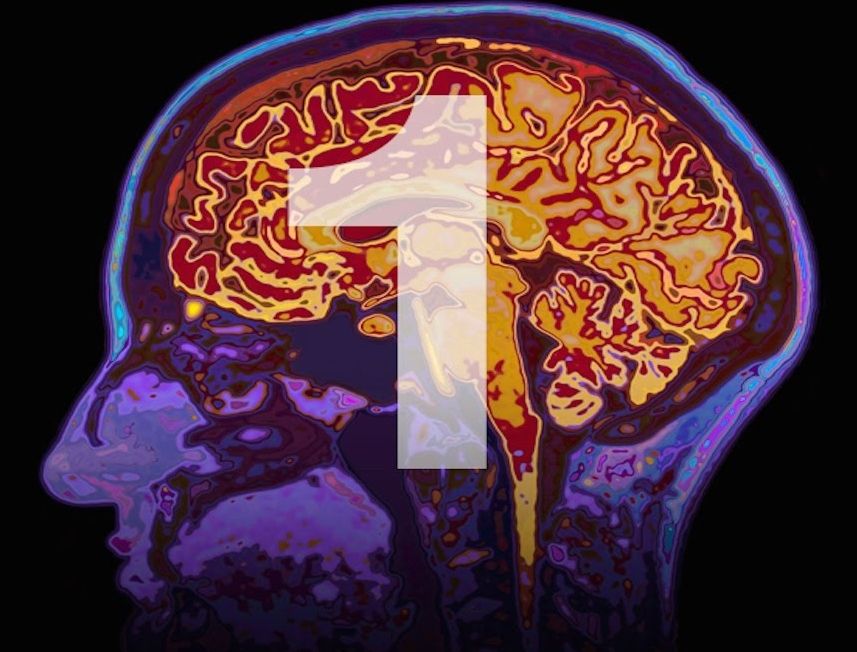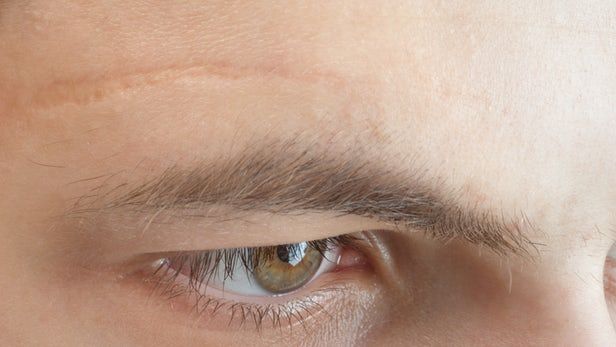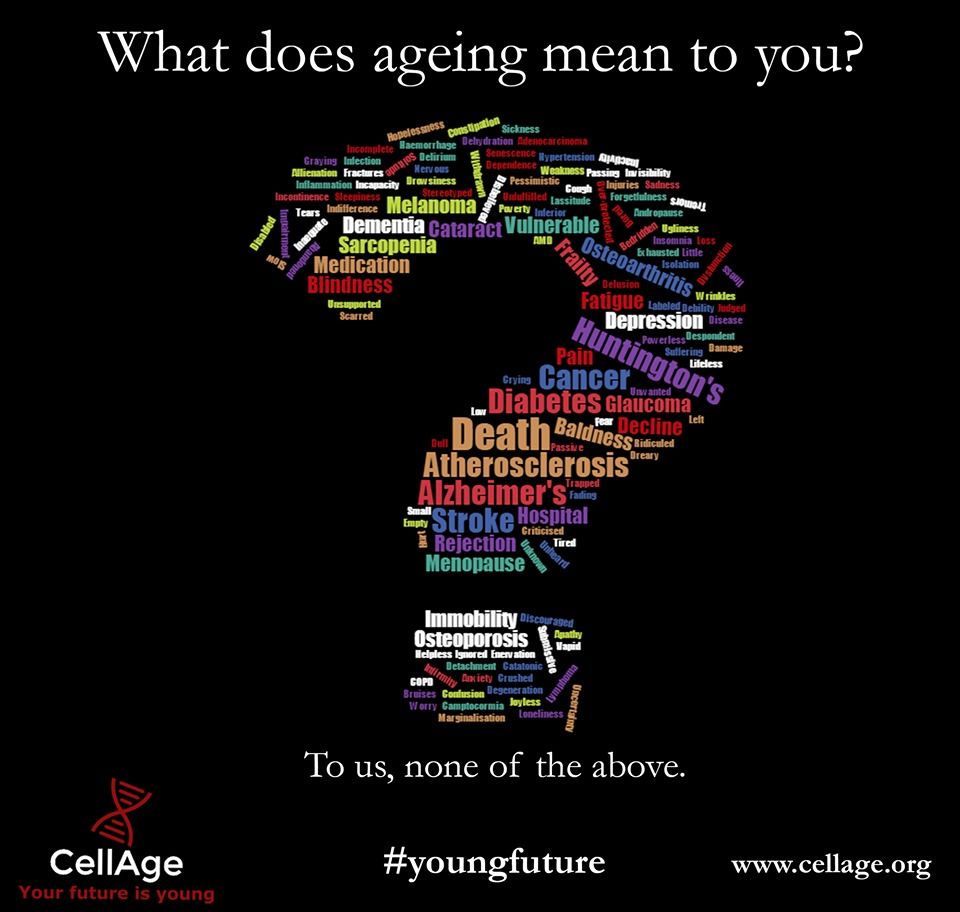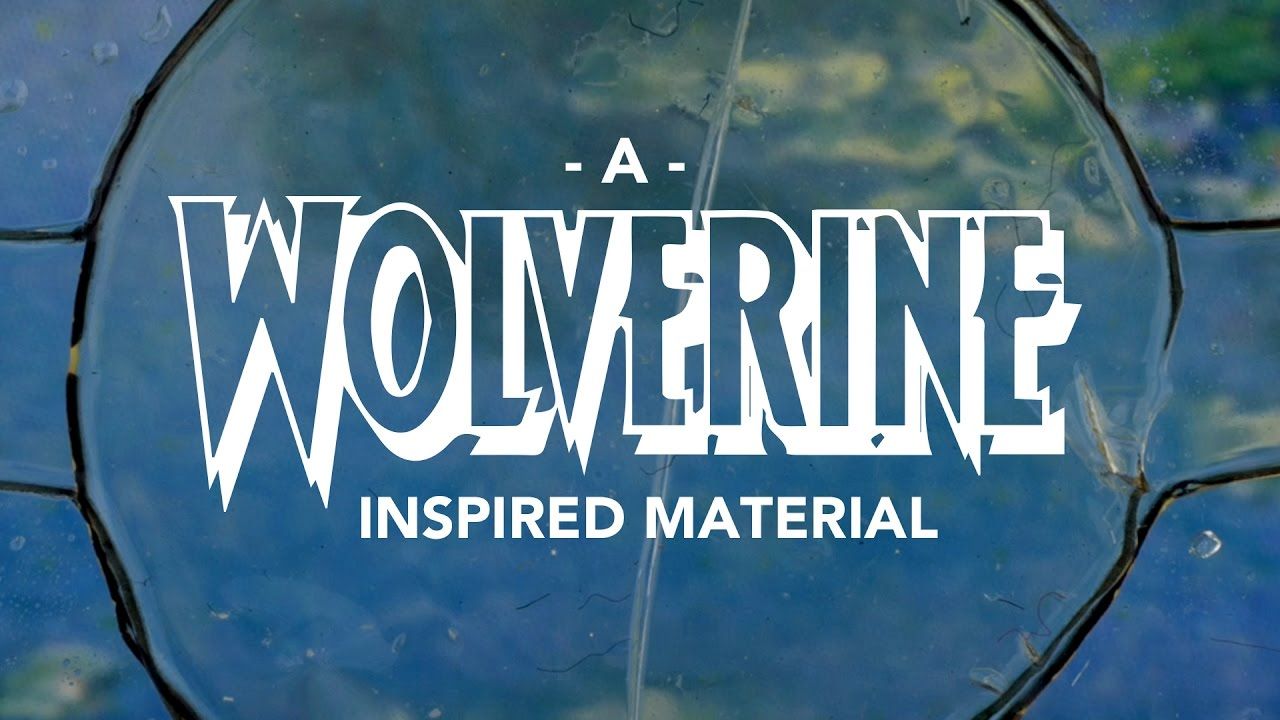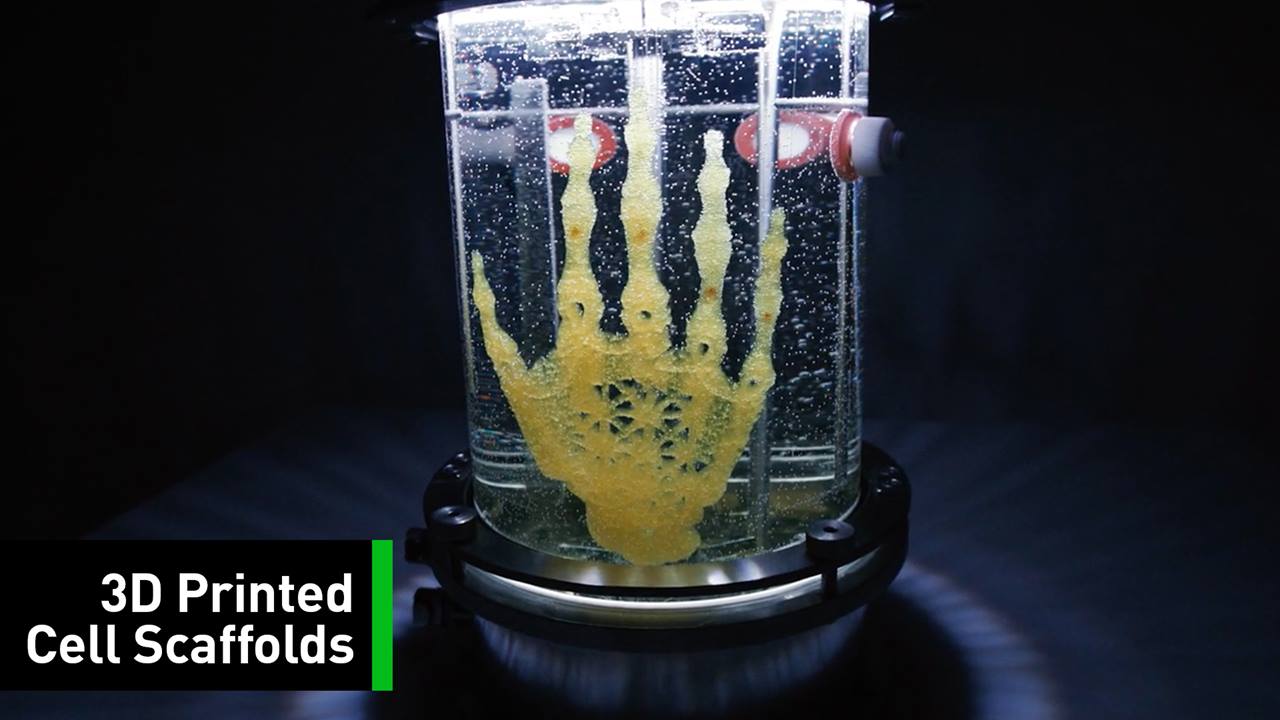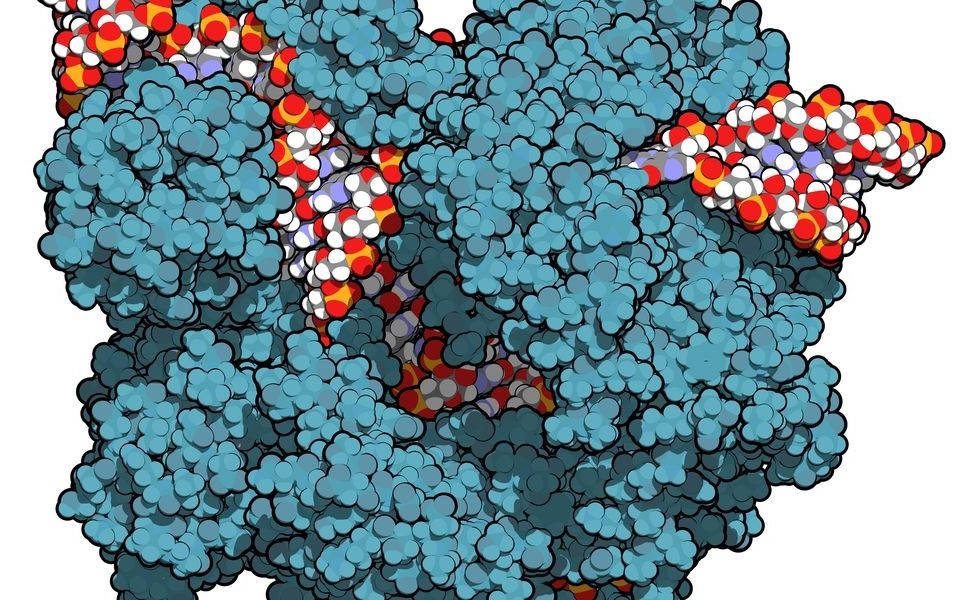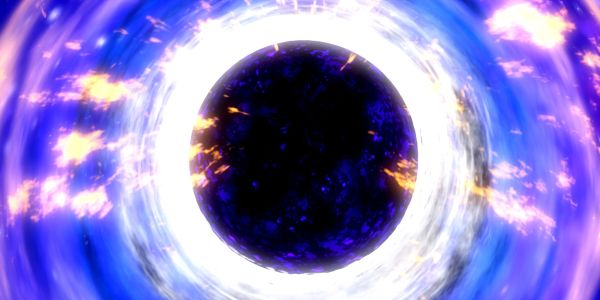Jan 7, 2017
IBM predicts five innovations for the next five years
Posted by Klaus Baldauf in categories: biotech/medical, nanotechnology, robotics/AI
https://youtube.com/watch?v=DnYUNQVcVnI
IBM has unveiled its annual “5 in 5” – a list of ground-breaking innovations that will change the way people work, live, and interact during the next five years.
In 1609, Galileo invented the telescope and saw our cosmos in an entirely new way. He proved the theory that the Earth and other planets in our Solar System revolve around the Sun, which until then was impossible to observe. IBM Research continues this work through the pursuit of new scientific instruments – whether physical devices or advanced software tools – designed to make what’s invisible in our world visible, from the macroscopic level down to the nanoscale.
Continue reading “IBM predicts five innovations for the next five years” »
